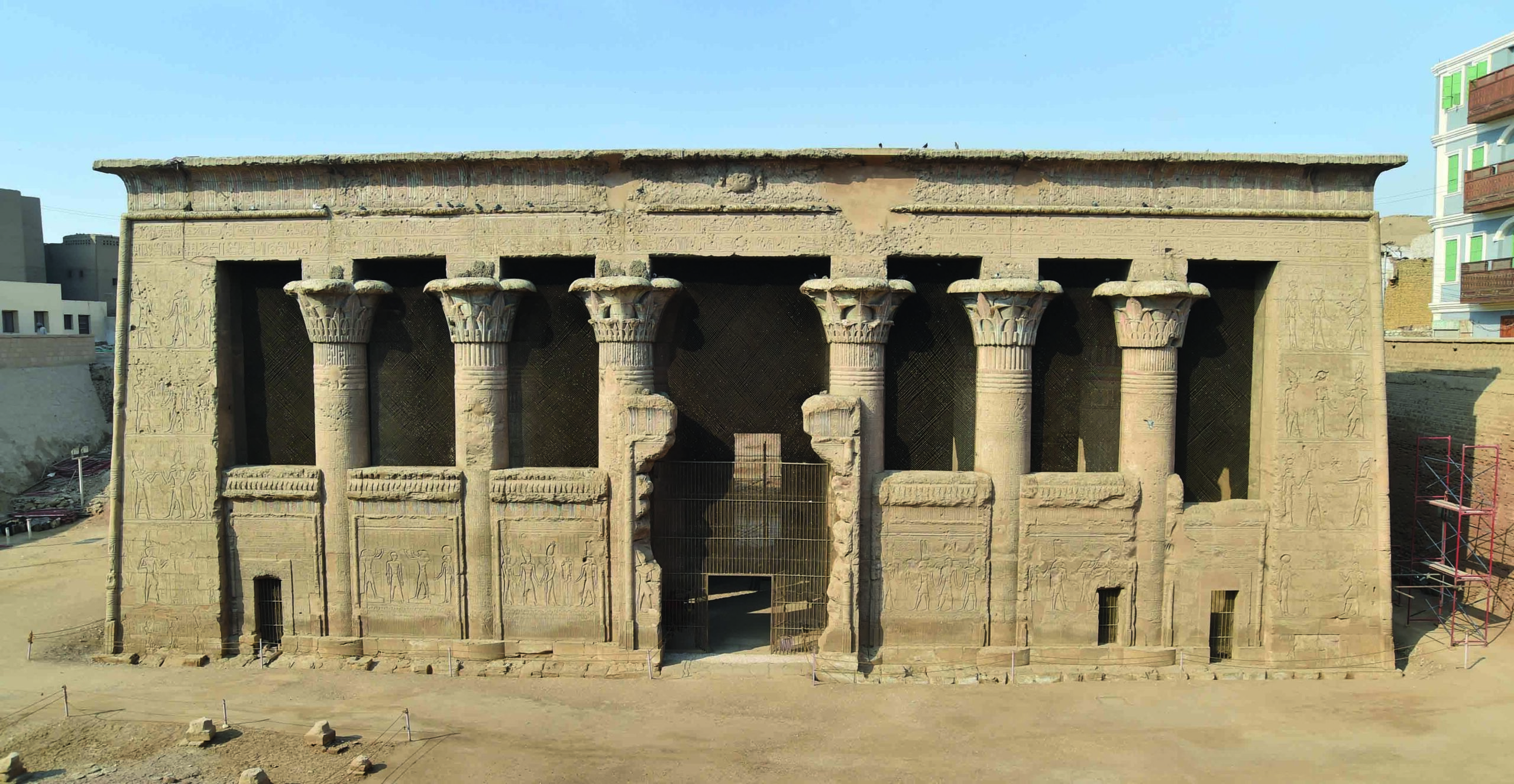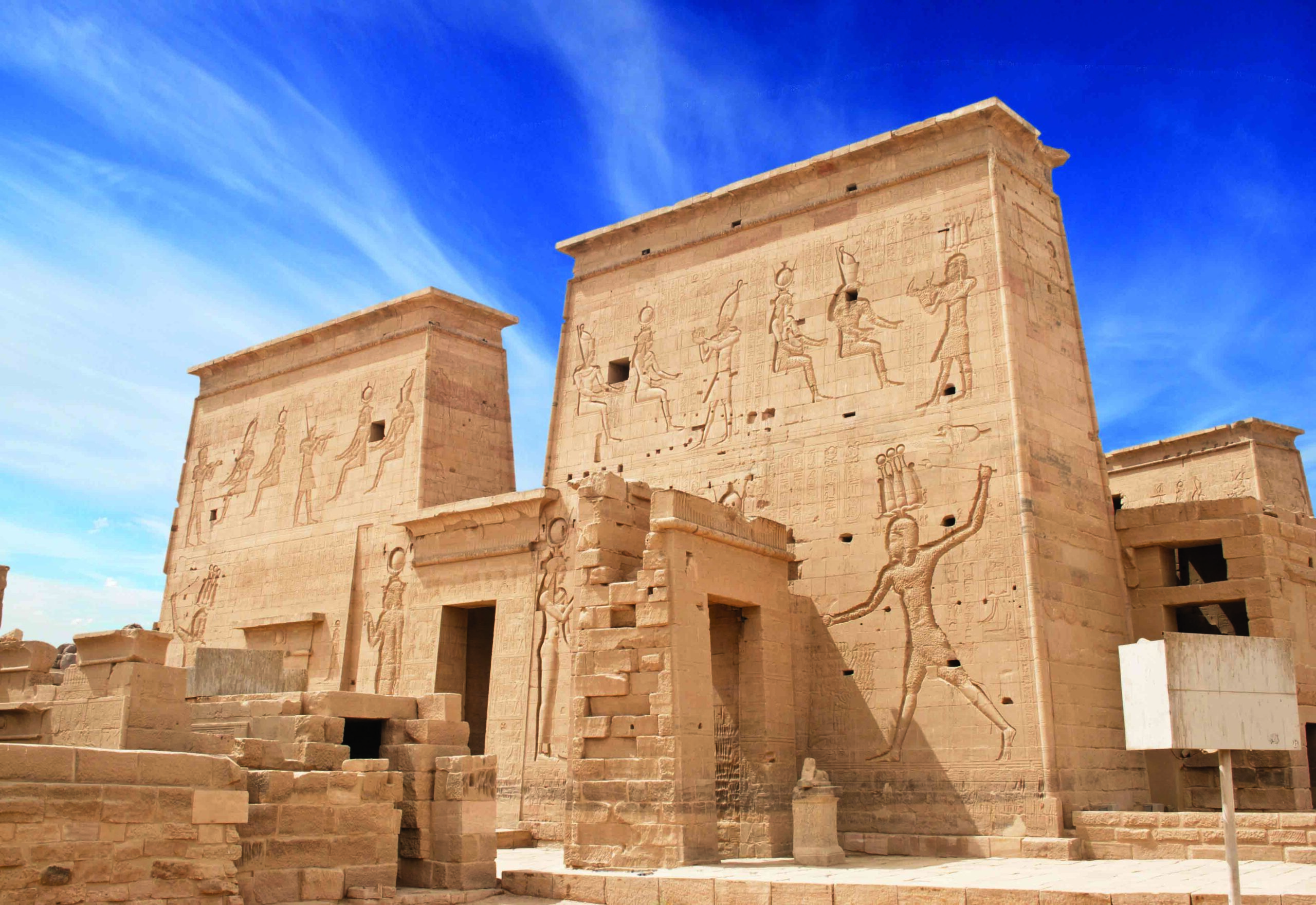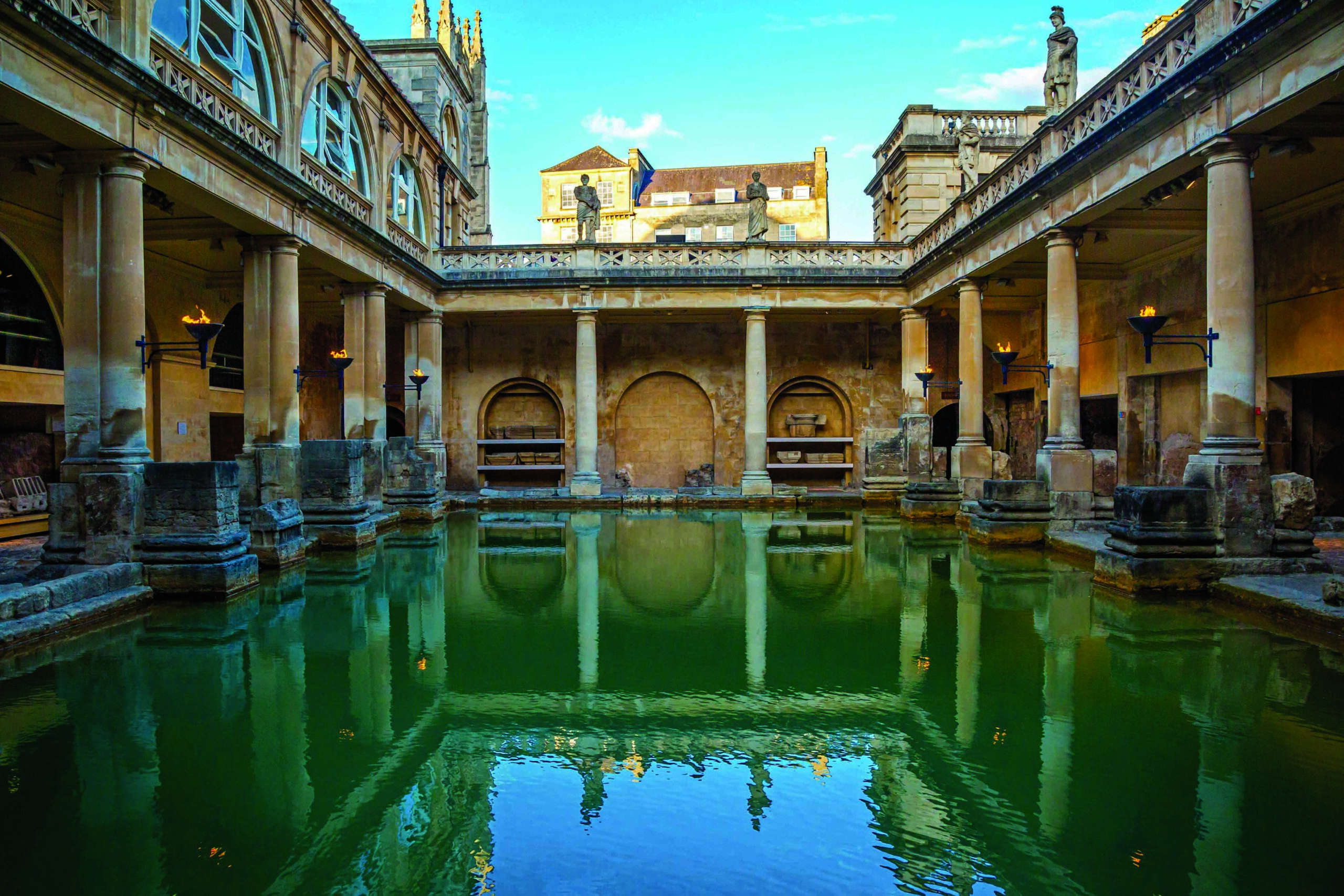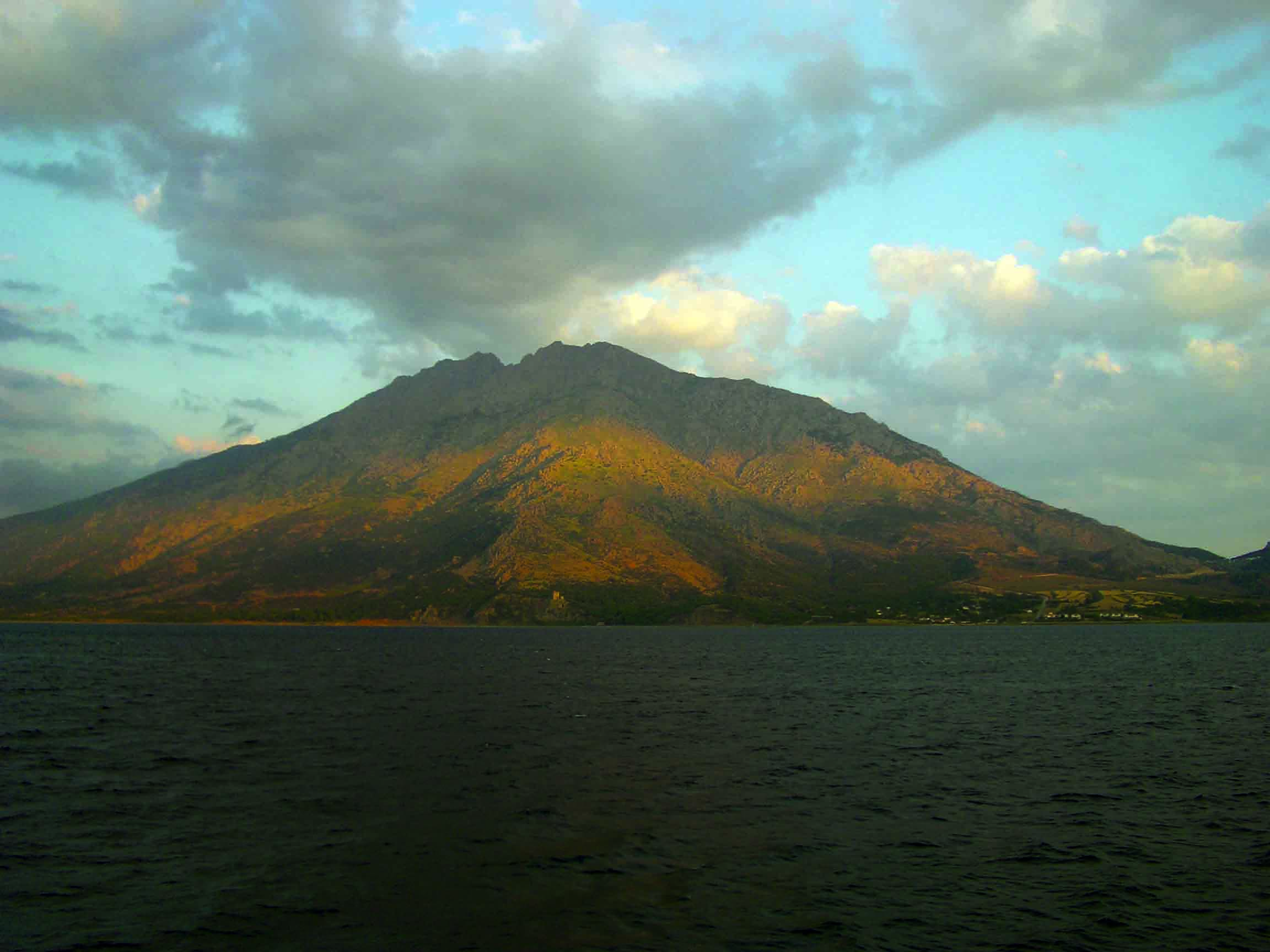
CAIRO, EGYPT—According to an Ahram Online report, inscribed basalt blocks have been discovered at the site of the temple of the sun and creator god in northern Cairo’s ancient city of Heliopolis by a team of Egyptian and German archaeologists. Egyptian archaeologist Aymen Ashmawy said that the blocks once covered the northern and western facades of the structure and could be dated to the 30th Dynasty reign of Nectanebo I, who ruled in the fourth century B.C. “Several blocks were unfinished too and no further decoration work seems to have been commissioned after the death of Nectanebo I,” he explained. Other rulers dating back to Ramesses II in the thirteenth century B.C. also made their contributions to the construction of the temple. German archaeologist Dietrich Raue said that the team members recovered an offering table dating to the rule of Thutmose III (1479–1425 B.C.), fragments of statues of Ramesses II, part of a baboon statue, and fragments of a quartzite obelisk of the early tenth-century B.C. ruler Osorkon I along the temple’s main processional axis. The presence of limestone casts and molds to produce faience funerary figurines suggests that there were workshops in the area as well. The temple eventually fell out of use during the Roman era. For more on Heliopolis, go to "Egypt's Eternal City."










